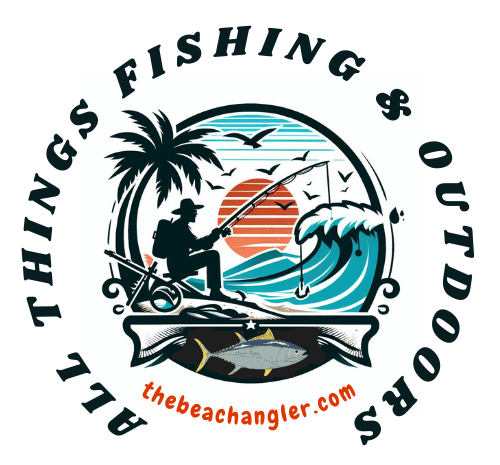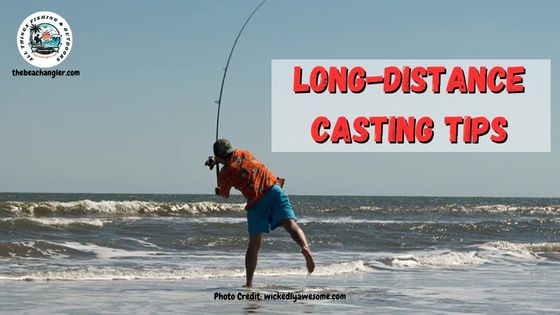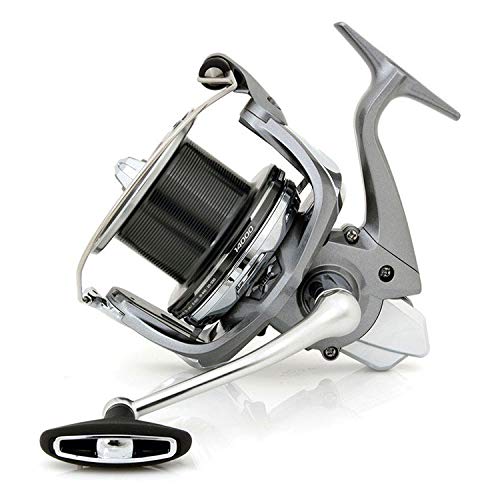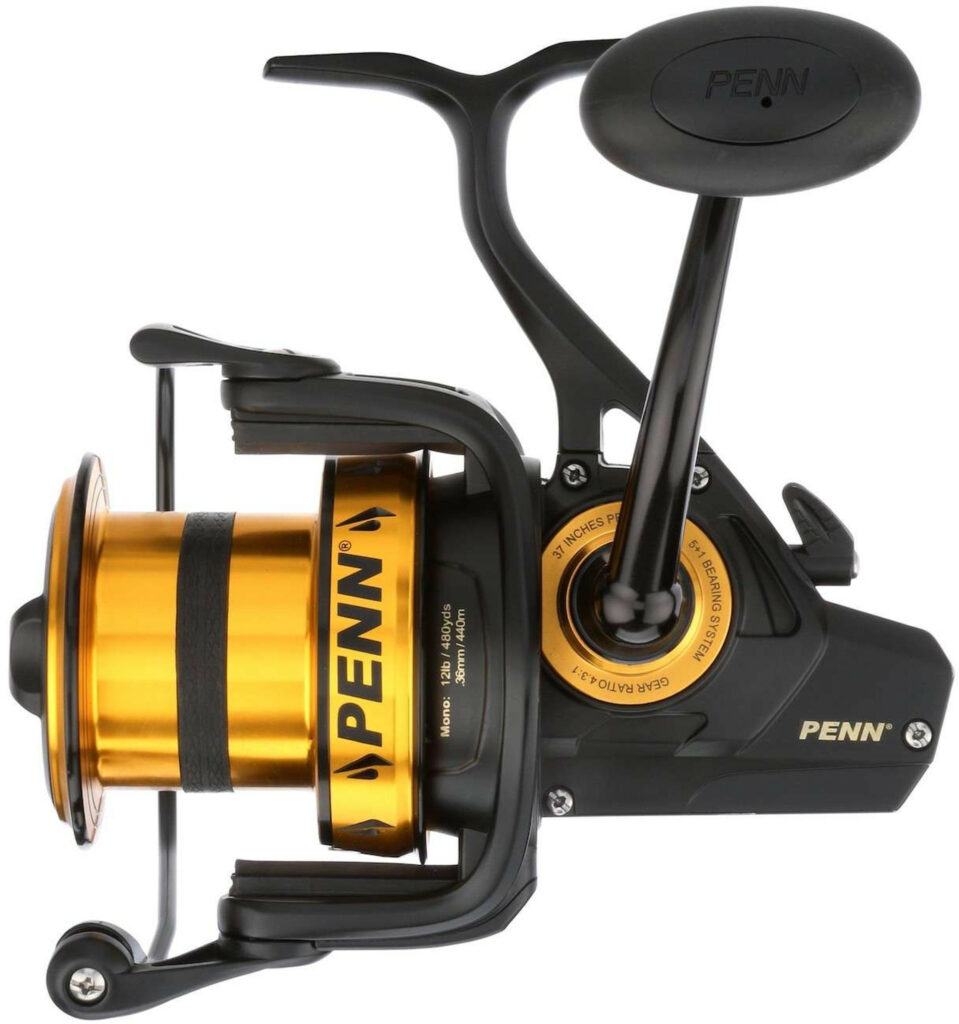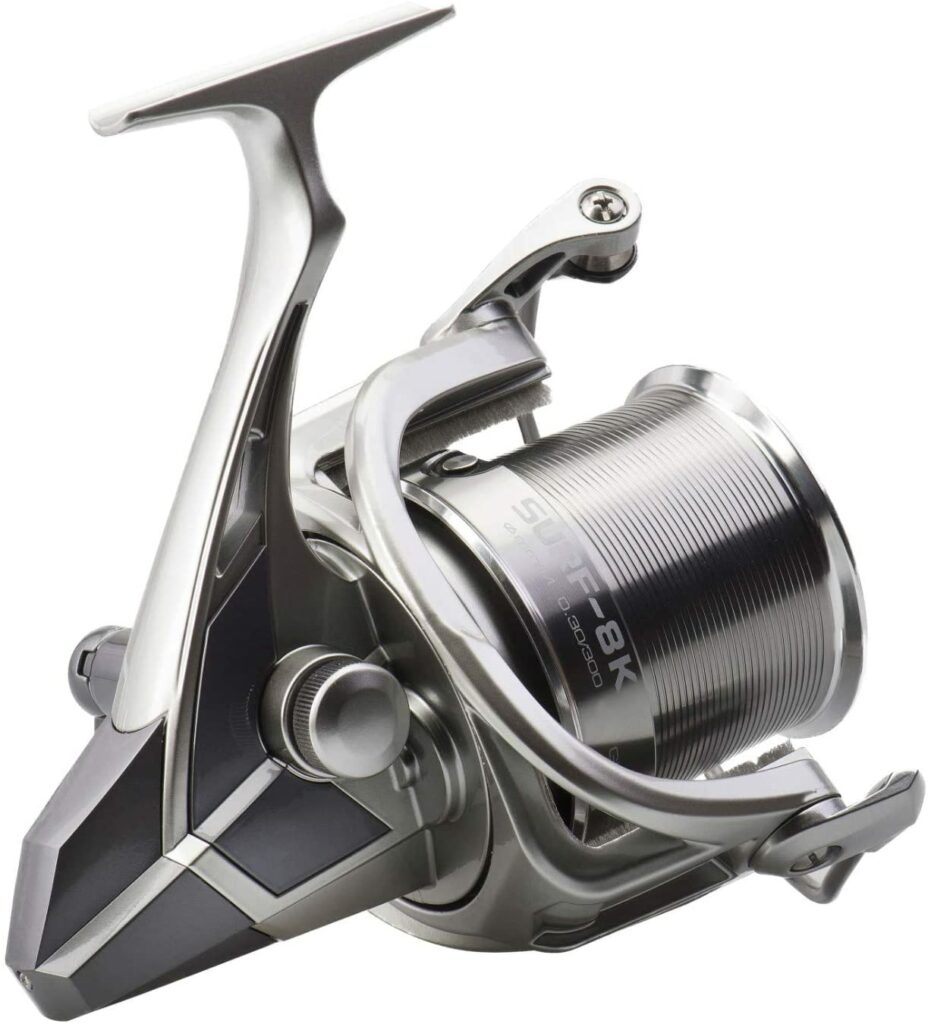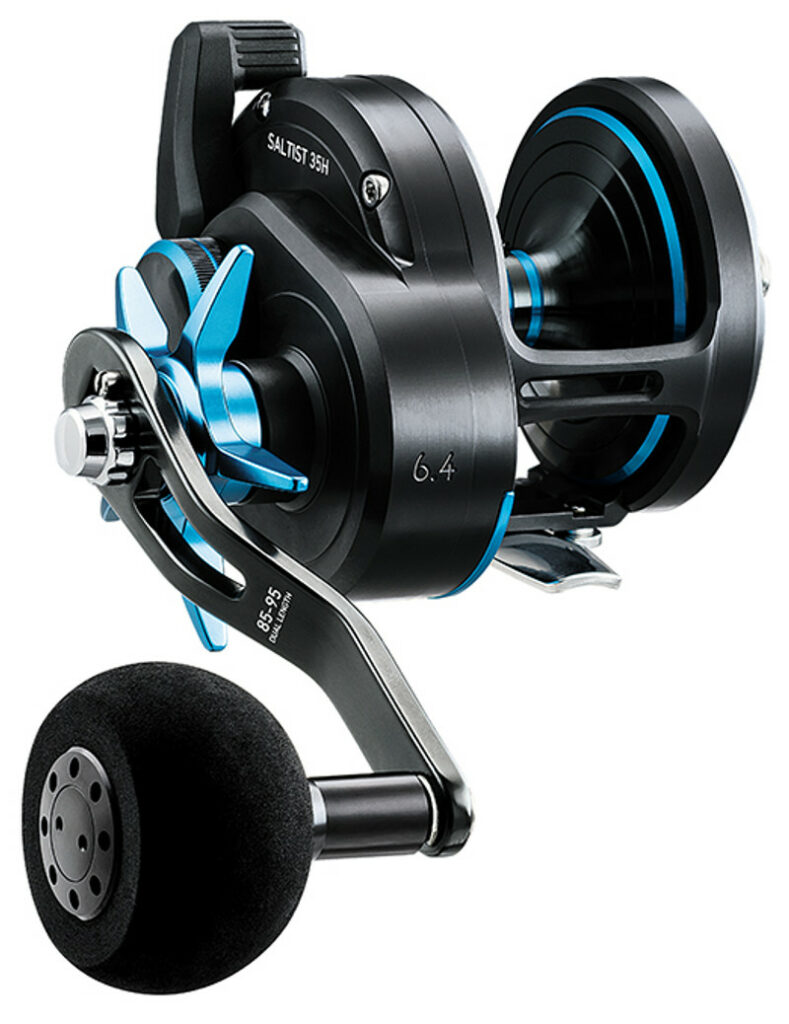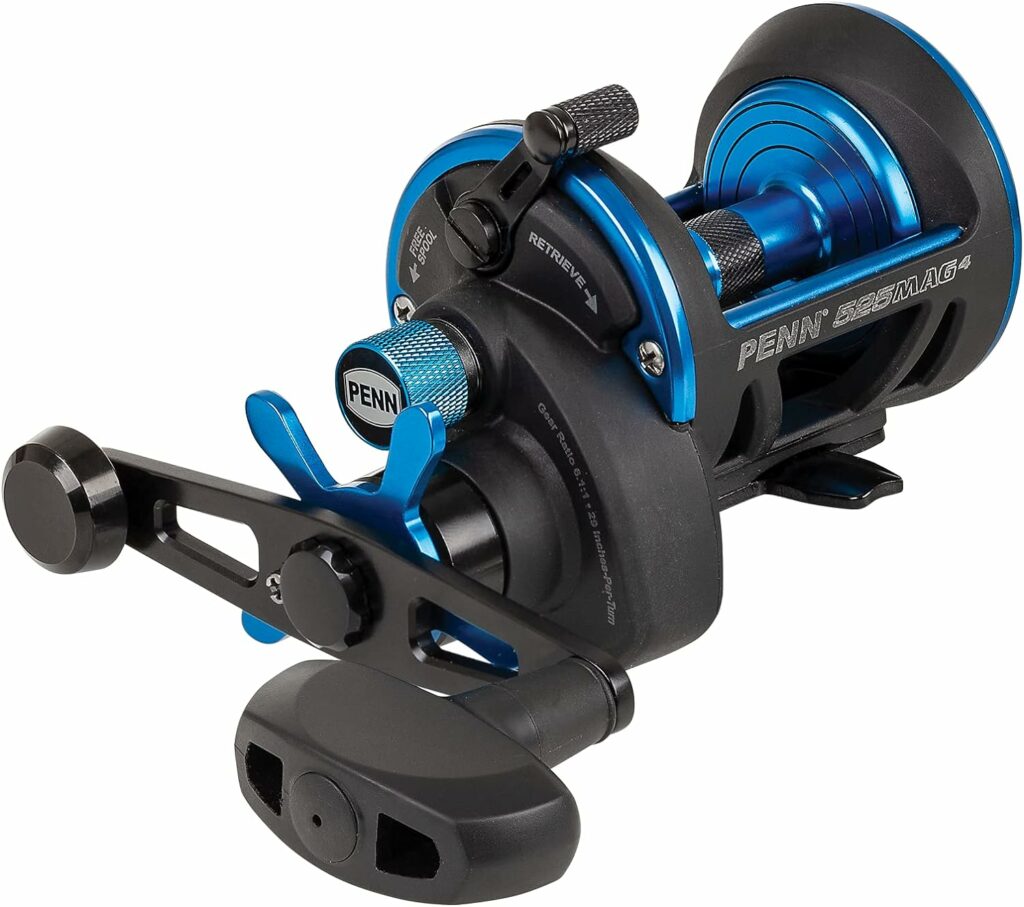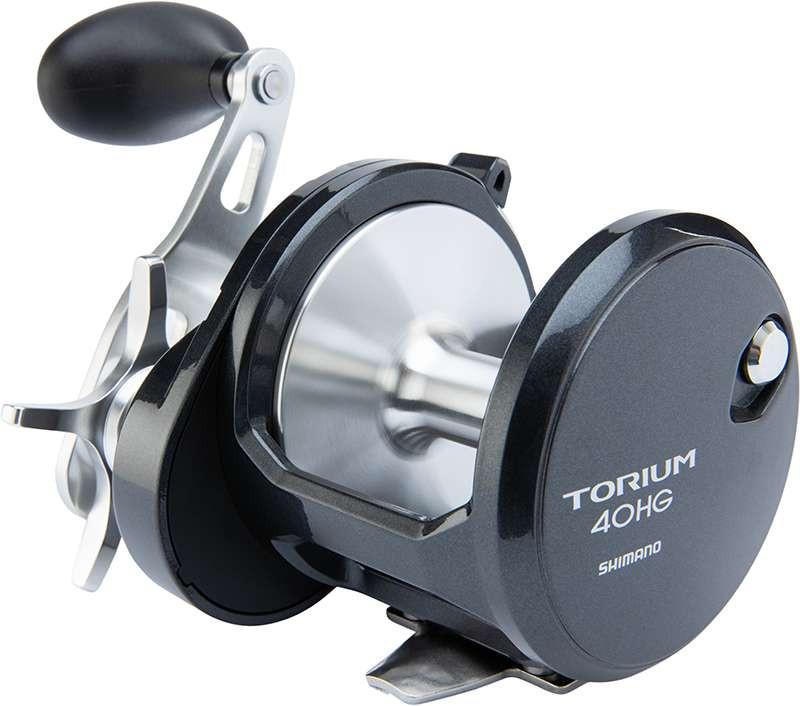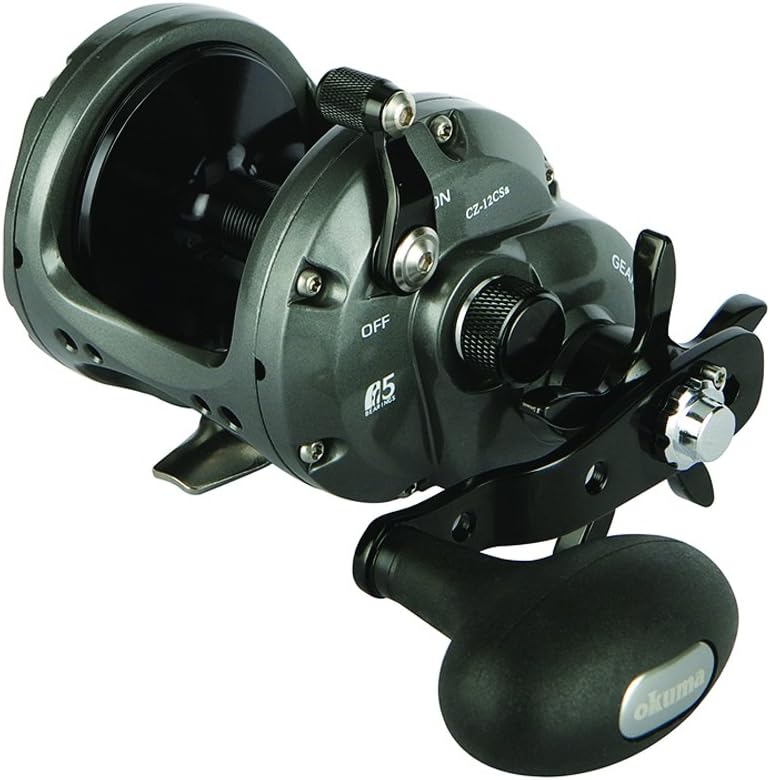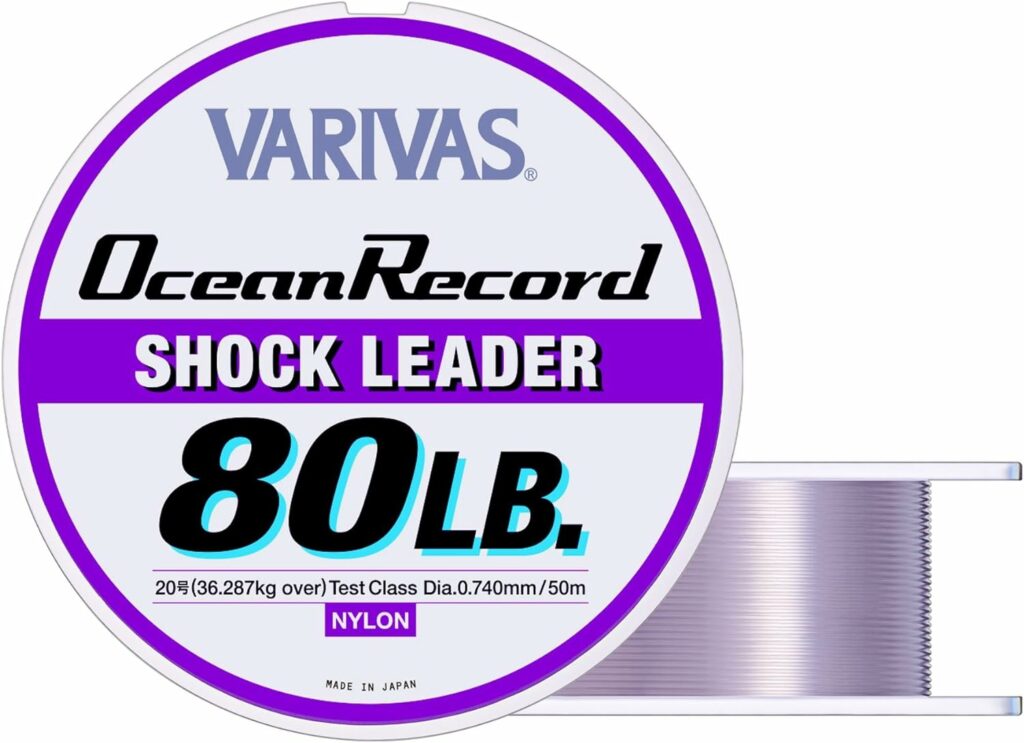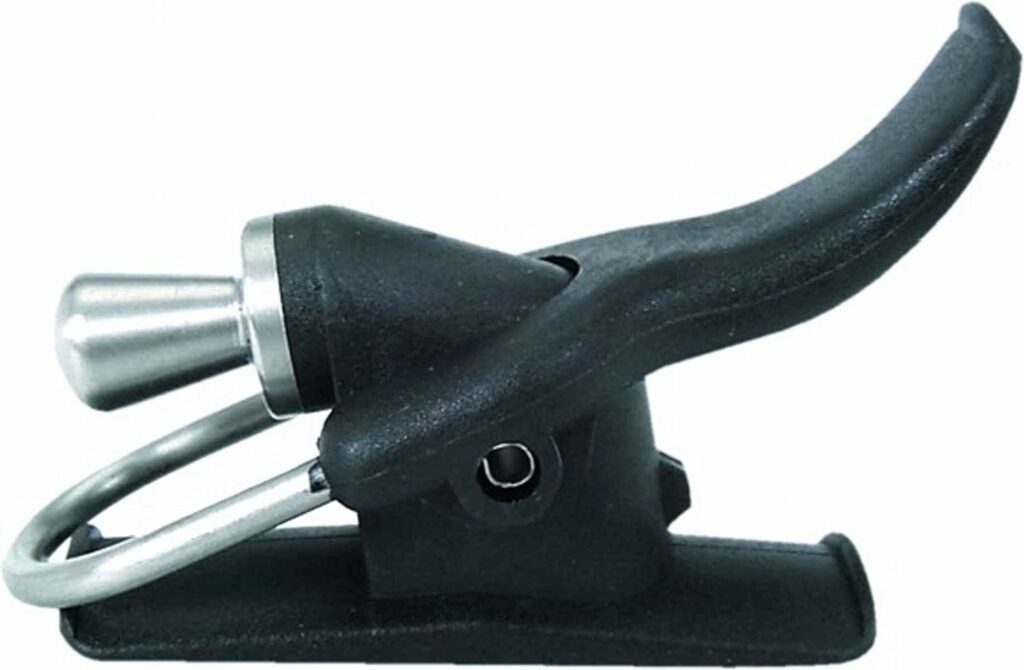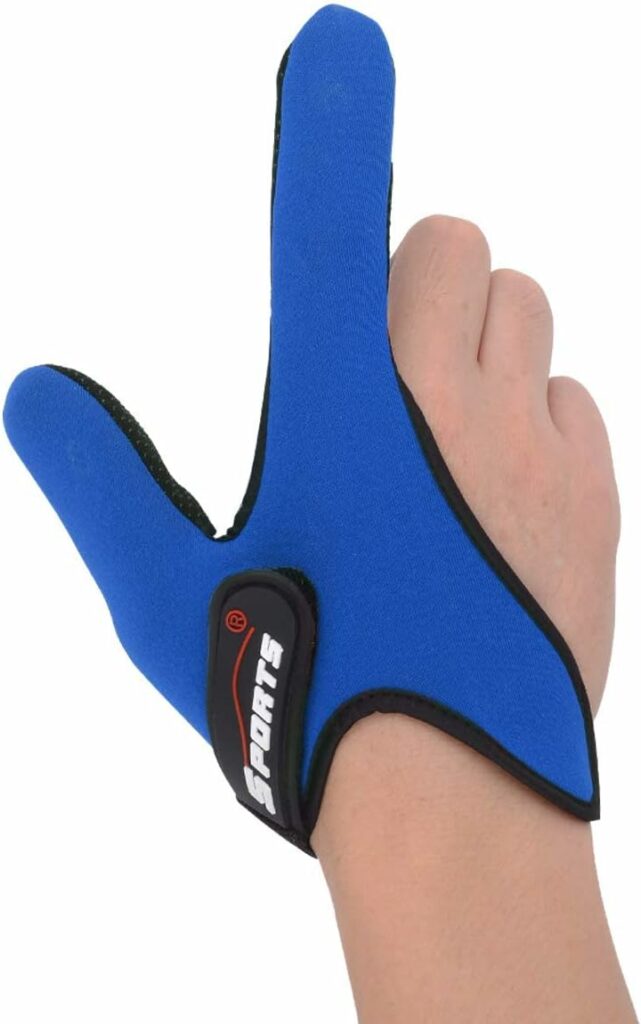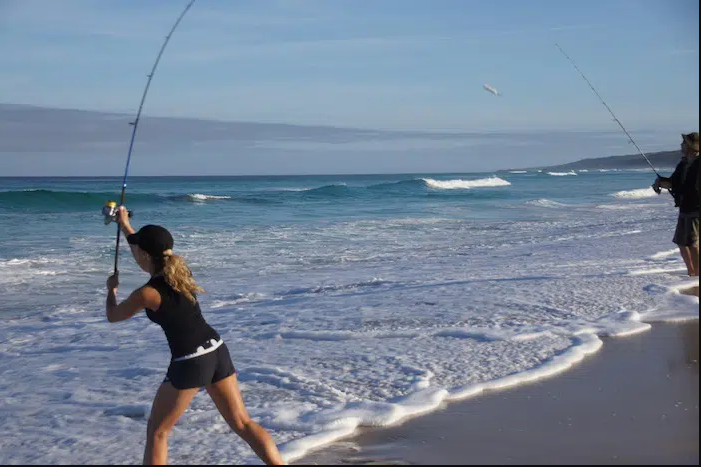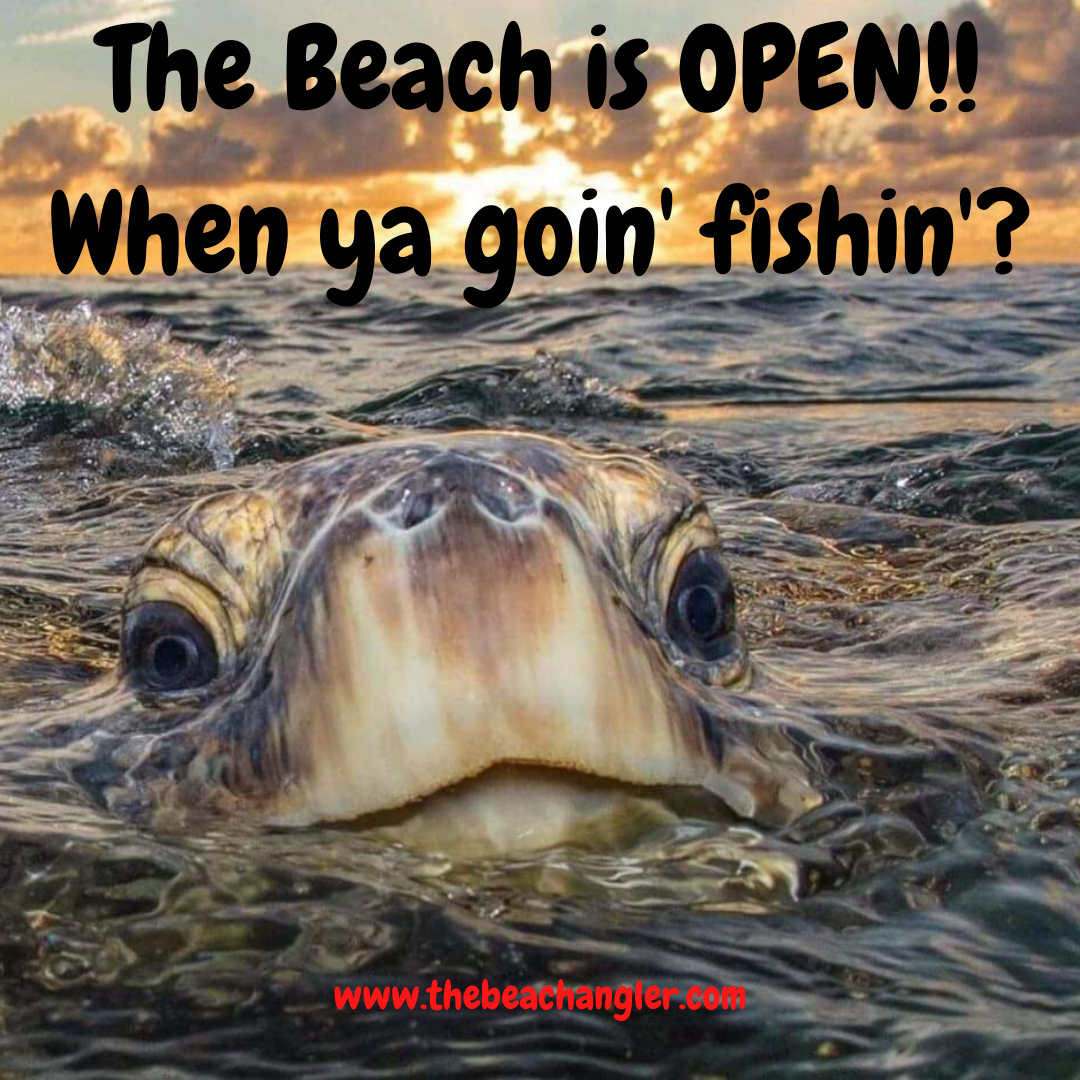Casting distance, when it comes to surf fishing, can be the difference between catching fish and just fishing. Distance matters because it allows you to cover more water and reach the fish hanging just out of reach of most surf anglers.
If you’ve been surf fishing long, no doubt you have come across a school of fish feeding just out of your casting reach. Even when you wade into the surf as far as you can, you still can’t quite get the distance you need to reach the feeding frenzy.
QUICK LOOK: There are three Primary factors to long-distance casting:
- Proper Gear – Fishing gear has rapidly evolved with new manufacturing technologies, materials, and designs. There are rods and reels designed with casting distance in mind.
- Proper Technique – If you want to cast long distances, you must learn the methods and mechanics necessary to reach beyond the waves.
- Practice – LIke anything else, if you want to get good at it, you will need to practice, practice, practice. And, then practice some more. 🙂
If you have a fishing drone, you could fly your bait out to the fish. But, that is an expensive piece of equipment if you could only figure out how to cast farther you could reach those fish with your surfcasting gear.
Well, I have some good news. Long-distance casting is a skill that can be learned like any other skill. With the proper gear, technique, and plenty of practice, you too can master long-distance casting. Let’s take an in-depth look at what it takes to cast long distances for surf fishing.
Gear Up for Success with the Proper Equipment for Long-Distance Surf Casting
Selecting the right gear is CRUCIAL. It can make or break your ability to cast long distances when surf fishing. Without the proper long-distance casting gear, you will end up either frustrated or with broken equipment, or both. There are three key elements to focus on: the rod, the reel, and the line.
The rod you choose directly impacts your casting reach. Generally, a longer rod will give you the advantage of distance. Rods over 10 feet are recommended for serious surf anglers. However, it’s not just about length. The action of the rod – that is, the point where it bends – also plays a role.
A fast-action rod bends primarily near the tip, offering better sensitivity and power for long casts. When you are making a long-distance cast you need a rod that “loads up” and springs back to help launch your bait.
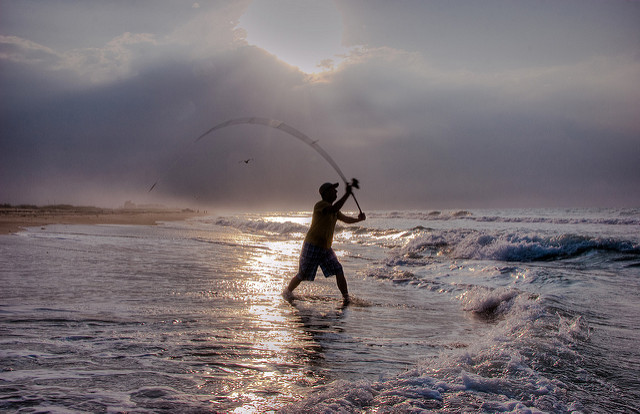
Reel choice is about balance, line capacity, and preference. A larger reel allows for more line, which in turn can allow for longer casts. But more line means more weight, possibly affecting handling and comfort.
Spinning reels are popular for their ease of use and versatility, especially when dealing with heavy surf and large fish, and for being less likely to backlash like some baitcasting reels. However, with modern baitcasting reels and their magnetic spool breaks, you can achieve some impressive long-distance casting with baitcasters as well.
Your line selection can affect your casting distance also. Braided lines, with their thinner diameter and lack of stretch, often provide greater casting distance and more direct feedback from the lure or bait.
Monofilament lines, however, have more give, which can be beneficial in certain conditions. Regardless of the line you choose, you need a good shock leader when long-distance casting to prevent break-offs and losing your gear.
Don’t overlook the terminal tackle. Aerodynamically designed lures, weights, and rigs can slice through the air, increasing your overall cast distance. Yes, there is a science to long-distance casting, and it’s even an Olympic Sport. The World Record Surf Cast is 325 yards, or 975 feet, by Mr. Danny Moeskops.
Gear for Long-Distance Surf Casting
When aiming for long-distance casting, selecting the right gear is crucial. Here’s what you need:
- Long-distance Surf Casting Reels– Choose a high-quality spinning reel with a large spool capacity. Look for features like instant anti-reverse and a free-spool or “baitrunner” function. Reels like the Shimano Ultegra CI4, Penn Spinfisher VII Long Cast, or Okuma Surf 8K work well. Ensure a line capacity of at least 300 yards.
- Long-distance Surf Casting Rods– Opt for a fast-action rod with a sensitive tip and sturdy butt. A 10- to 12-foot rod capable of casting 1 to 8 ounces (including sinker and bait) works well. Consider medium or medium-heavy power for versatility. Graphite rods offer better sensitivity, while E-glass is more durable.
- Line for Long-Distance Surf Casting – Use premium monofilament or fluorocarbon lines with lower pound test values for more capacity and less drag. Avoid off-brand lines, as they can be unstable and unreliable. Lighter lines cast farther. Fill your reel to within 1/8 inch of maximum spool capacity.
Good Long Casting Surf Rods and Reels
Remember, the right combination of rod and reel, along with practice, will help you achieve those impressive casts!
- Surf Casting Rods:
- St. Croix Triumph Surf Spinning Rod: A top choice for overall performance.
- Penn Prevail Surf Casting Rod: Reliable and designed for distance casting.
- Okuma Longitude Surf Graphite Series: Great value for the price.
- Fiblink Surf Spinning Graphite Rod: Budget-friendly option.
- Baitcasting Reels (for those who prefer baitcasting):
- Daiwa Saltist: Excellent for distance casting.
- Penn Multiplier: A workhorse reel.
- Shimano Torium: no levelwind to slow the cast.
- Okuma Cortez: Budget-friendly with power.
Long Distance Surf Casting Accessories
Here are some accessories that can enhance casting distance:
- Shock Leaders: Attach a shock leader (usually made of monofilament or fluorocarbon) between your mainline and the terminal tackle. Shock leaders absorb the force during casting, allowing you to use a thinner mainline while preventing breakage.
- Long-Cast Spools: Some reel manufacturers offer specialized long-cast spools. These spools have a larger diameter, reducing line friction and allowing for longer casts.
- Casting Aids: Tools like the casting finger stall or casting glove protect your finger during the cast, allowing you to release the line smoothly without friction burns.
- Balanced Tackle: Ensure your rod, reel, and line are well-matched. Balanced gear improves casting efficiency.
- High-Quality Swivels: Use swivels to prevent line twist. Smooth rotation reduces drag during the cast.
Remember, practice, technique, and the right gear setup will help you achieve those impressive distances!
Long Distance Surf Casting Techniques
When you’re aiming to send your bait where the big fish roam, mastering your casting technique is crucial. It’s more than just flinging your line out into the ocean; it’s about precision, control, and understanding the coordination between your movement and your gear.
Basic Surf Casting Dynamics
The foundation of an impressive cast starts with your stance. Make sure your feet are shoulder-width apart, providing a stable base. Your casting technique will either be an overhand or sidearm, each has its merits.
The overhand cast is the most common and offers control for long casts; the sidearm cast is great for windy conditions. Before you attempt a cast, get your grip right – hold the rod with your dominant on the reel, and your other hand at the end of the butt for maximum leverage. A solid and consistent grip maintains cast accuracy.
Timing is the secret of long-distance casting. It’s about when you release the line during your cast. The sweet spot is usually just before the rod reaches a vertical position. Releasing too early or too late can throw off your cast reducing your distance and accuracy.
The rhythm of your cast is another factor. It’s a fluid motion where everything needs to come together in harmony—the wind-up, the forward thrust, and the release. For the best results, think of your casting motion as one smooth action, avoiding jerky movements that can disrupt the cast’s trajectory or worse, result in broken equipment.
3 Most Common Long-Distance Casting Techniques
Let’s dive into the 3 most common long-distance casting techniques:
- Pendulum Cast: The pendulum cast is a powerful technique used in surf fishing to achieve impressive distances.
- How It Works:
- Stand with your back to the target (the ocean).
- Twist at the waist to face away from the casting direction.
- Swing the rod in a pendulum motion, allowing the lead weight to fly parallel to the ground.
- Release the line smoothly for maximum distance.
- How It Works:
- Back Cast: The back cast involves loading the rod by pulling it backward before the forward cast. While not as long-range as the pendulum cast, it’s effective for moderate distances.
- How It Works:
- Start with the rod tip low and behind you.
- Accelerate the rod forward, releasing the line at the optimal moment.
- The energy stored during the backswing propels the bait or lure forward.
- How It Works:
- Tornado Cast: The tornado cast combines elements of both pendulum and back casts. The tornado cast can cover substantial distances.
- How It Works:
- Begin with the rod tip low and behind you.
- Rotate your body (like a tornado) to generate extra power.
- Accelerate the rod forward, releasing the line smoothly.
- How It Works:
Common Long-Distance Casting Mistakes to Avoid
When aiming for long-distance casting, avoid these common mistakes:
- Overloading the Rod: Using a rod with a weight capacity beyond what you’re casting can lead to poor performance. Match the rod’s power to your bait and sinker weight.
- Incorrect Reel Drag: Set your reel’s drag properly. Too tight, and you risk breaking the line; too loose, and you lose control during the cast.
- Inadequate Line Fill: Underfilling the reel spool reduces casting distance. Fill it to within 1/8 inch of the maximum capacity.
- Poor Timing: Release the line too early or too late during the cast. Practice timing for optimal results.
- Inconsistent Technique: Maintain consistent form and motion. Jerky movements reduce casting efficiency.
- Ignoring Wind Conditions: Wind affects casting distance. Adjust your technique based on wind direction and strength.
Effective Training Routines for Long-Distance Casting
Whatever your technique and whatever gear you choose to use regular, focused practice sessions are critical for refining your casting technique and increasing your muscle memory for a fluid, powerful cast. The following are some practical steps to set up training routines that can lead to noticeable improvements in your casting distance.
First, establish a practice schedule. Dedicate specific days and times each week to working on your casting. Consistency in your routine helps your body and mind absorb the casting motions, making them second nature over time.
Next, choose an open area like a park or a field, ensuring you have ample space to cast without obstructions. Mark out specific distances using flags or cones to give yourself a clear target to aim for. This not only simulates the surf environment but also makes it easier to track improvements.
Focus on one aspect of your casting technique during each session. Whether it be your stance, the arc of your swing, or your release point, isolating each component allows for more targeted improvements. Spend time on each element before combining them into a full casting motion.
Wrap up your practice session with a focus on follow-through. After releasing your line, continue the motion of the cast, pointing the rod tip toward your target. This extends the rod’s power into the cast, aiding in distance.
Finally, remember patience is key. You likely won’t see drastic changes overnight, but with dedicated practice, you will start to see gradual progress. Keep a log of your casting distances and conditions to visualize your improvements and identify patterns or areas needing extra work.
With persistent practice, your casts will naturally become longer and more accurate. When this happens, you’re ready to tackle the final challenge: adapting your newfound distance casting ability to various surf conditions and making real-time, on-the-water, adjustments.
Final Thoughts on Long-Distance Casting for Surf Fishing
Mastering long-distance casting doesn’t happen overnight. It’s a result of understanding your gear, refining your techniques, and committing to regular practice. But remember, casting far is just one part of the larger surf fishing equation.
While distance can help, accuracy and understanding of the surf environment matters too. It’s crucial to cast to the right spot, not just a far one. Combine your casting skills with knowledge of your target fish’s behavior and surf structures for the best results.
Always keep safety in mind. Powerful casts require space and safety measures, especially on crowded beaches. Watch out for other beach users, and most importantly, stay patient. Mastery of long-distance casting comes over time.
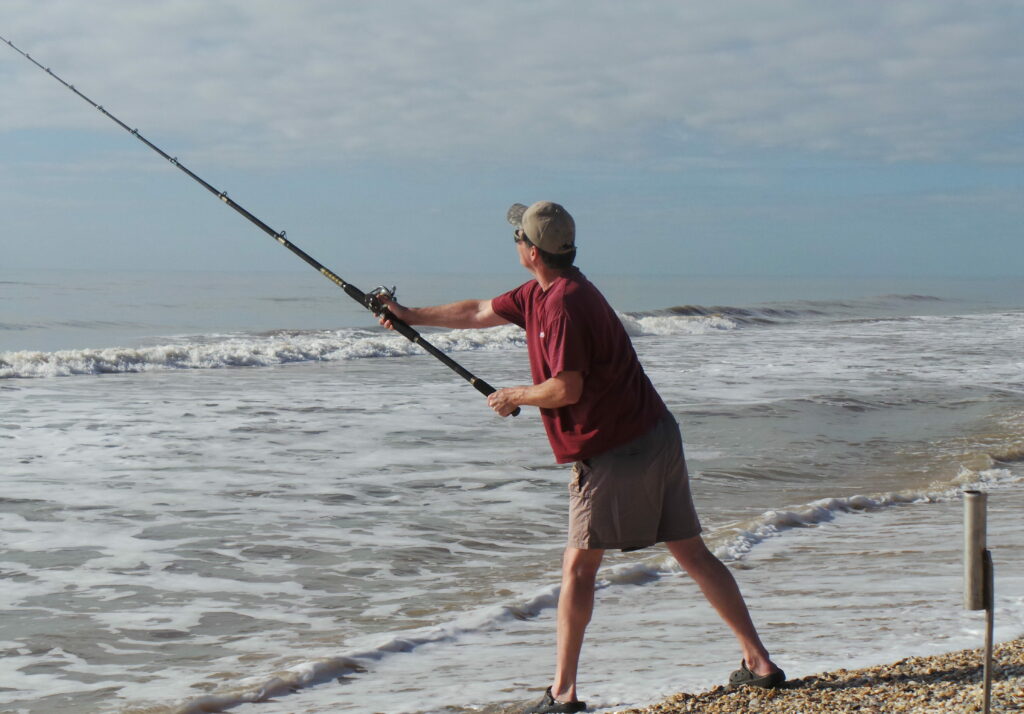
Take the advice and tips we’ve covered here, apply them consistently, and watch as your casts reach further, your confidence grows, and your catches increase. The horizon is your limit, so keep casting, keep learning, and may your fishing adventures bring plenty of exciting catches and create memories to last a lifetime!
As always, stay safe, enjoy the journey and please try to leave it cleaner than you found it. If you have any comments, questions, ideas, or suggestions please leave them in the comment section below and I’ll get back to you ASAP. You can follow us on Facebook: Rex The Beach Angler, Instagram: thebeachangler7, Twitter: @AnglerBeach, and YouTube: Man Art Creations.
- How Important Is Color When Choosing A Saltwater Fishing Lure

- Inshore Fishing: 10 Common Gamefish You Can Target

- Understanding Tides And How They Affect Your Inshore Saltwater Fishing Adventures

- Saltwater Fishing For King Salmon: 4 Top Strategies.
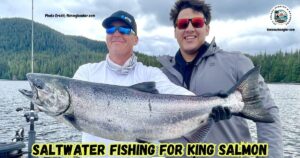
- Surf Fishing With Lucky Craft Lures
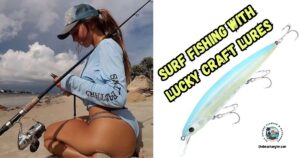
- Tips And Tactics For Saltwater Fishing With Spoons
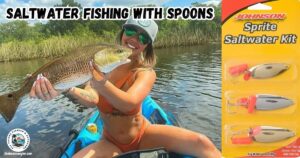
P.S. – Thanks so much for checking out our blog we really appreciate it. Just so you know, we may receive a commission if you click on some of the links that appear on our site. This helps us keep our content free and up-to-date for everyone. We appreciate your support!
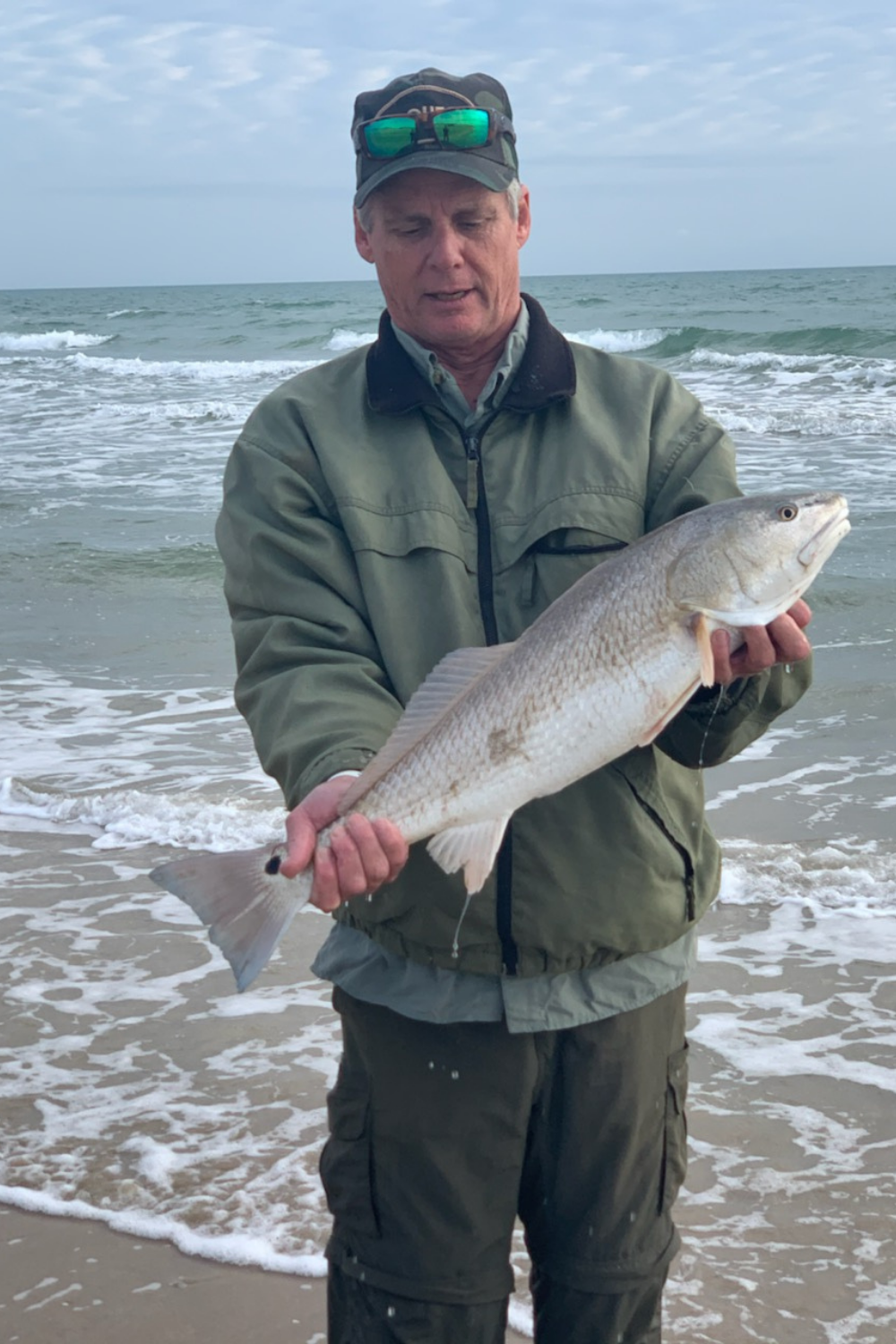
A life long surf fisherman with 50+ years of experience, I am also an avid hunter and outdoorsman. I will be sharing my passion for the outdoors with you so be prepared for hunting, fishing, camping, hiking and more. Along with gear reviews and the latest trends and innovations in the outdoor industry.
